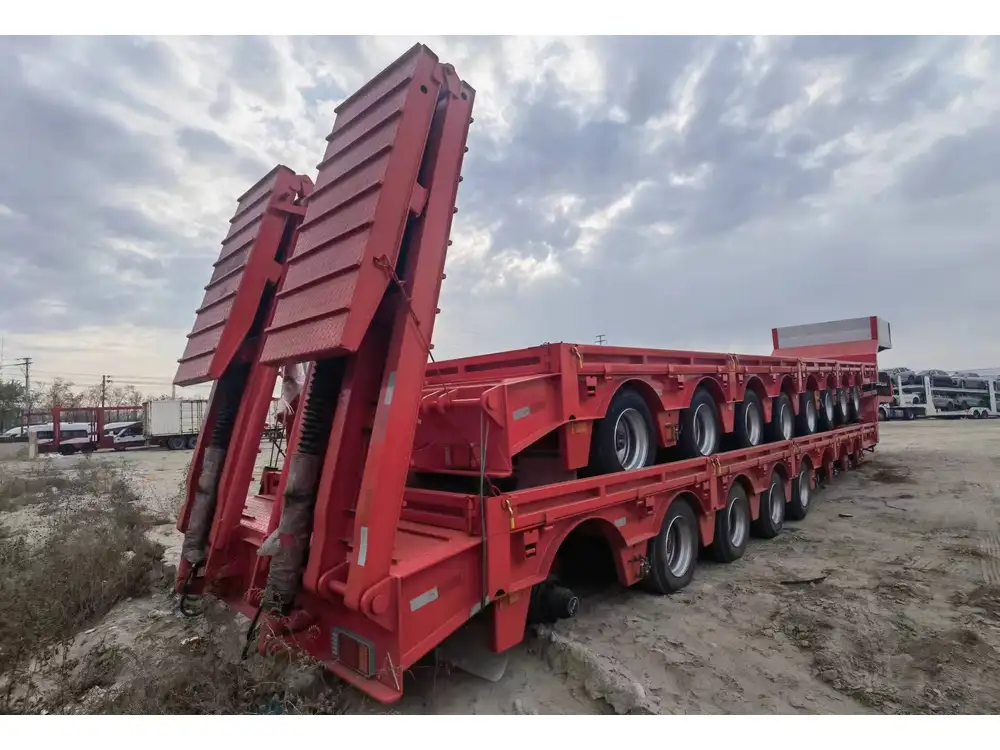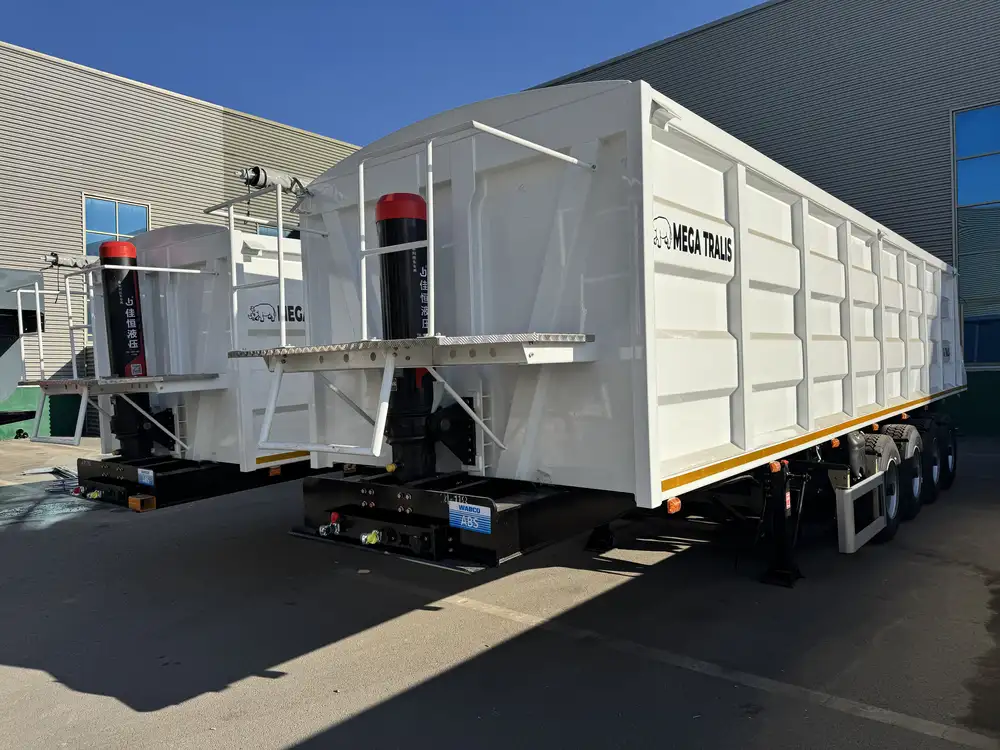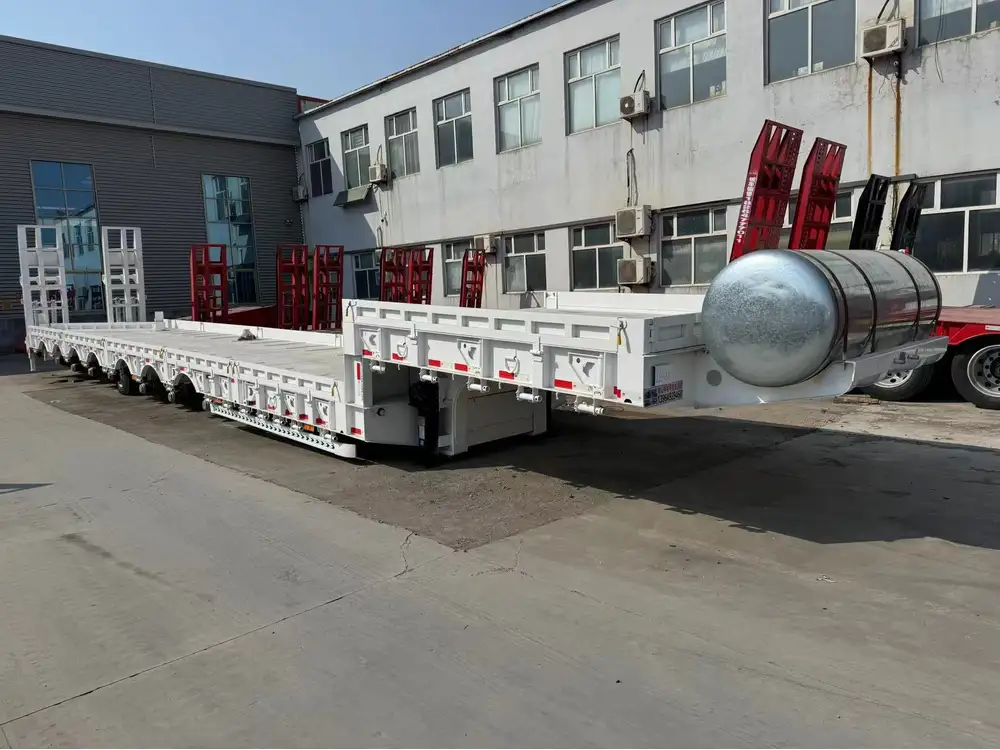In a world teeming with outdoor adventures, recreational vehicles, and the essential utilities that power them, the proper handling of propane tanks is crucial. Whether you find yourself at a campsite, cooking for a family barbecue, or conducting essential maintenance on your trailer, knowing how to unhook propane tanks safely is a vital skill that ensures both safety and efficiency. This guide aims to provide detailed insights into the steps, precautions, and tools necessary for unhooking propane tanks from trailers effectively.
Understanding the Basics of Propane Tank Connectivity
Before delving into the steps for unhooking propane tanks, it’s essential to comprehend the basic components involved in the connection:
| Component | Description |
|---|---|
| Propane Tank | A tank designed to store propane gas, typically made of durable steel. |
| Regulator | A device that controls the flow and pressure of gas from the propane tank. |
| Hoses | Flexible tubes that transport propane from the tank to the appliance. |
| Fittings and Connectors | Various devices (like nuts and threaded fittings) that connect hoses to the tank and device. |
Understanding these components will aid in diagnosing any issues that might arise during the unhooking process.
Preparing for the Unhooking Process
Before the unhooking commences, preparation is key. The following steps outline the necessary preparations to ensure a smooth and safe process:

1. Gather Necessary Tools
Ensure that you have the following tools at hand:
- Wrenches: For loosening and tightening fittings.
- Gloves: To protect your hands from potential gas and sharp edges.
- Safety Goggles: To safeguard your eyes from unexpected leaks or debris.
- Towel or Cloth: For cleaning any spills that may occur.
2. Check for Leaks
Prior to unhooking, it is imperative to check the propane system for leaks:
- Visual Inspection: Look for any signs of damage to the tank, hoses, and fittings.
- Soapy Water Test: Apply a soapy solution to the connections; if bubbles appear, a leak is present.
3. Ensure Adequate Ventilation
Propane is heavier than air and can accumulate in low spaces, so ensure you are in an adequately ventilated area. Open nearby windows or doors if you are inside a confined space.

Step-by-Step Guide to Unhook Propane Tanks from a Trailer
Step 1: Shut Off the Propane Supply
The first and perhaps most critical step in the process is to shut off the propane supply:
- Locate the shut-off valve on the propane tank. This is generally a large, round knob at the top of the tank.
- Turn the valve clockwise until it is completely closed.
Step 2: Disconnect the Regulator from the Tank
After ensuring that the propane supply is off, proceed to disconnect the regulator:
- Identify the connection point where the regulator meets the tank.
- Use your adjustable wrench to loosen the fittings, turning counterclockwise gently.
- Once loose, carefully pull the regulator away from the tank.

Step 3: Remove the Hose Fittings
Next, you need to disconnect the hoses attached to the tank:
- Locate the hose that connects to the regulator.
- Using your wrench, carefully unscrew the fittings while holding the hose taut to avoid damaging it.
- If you encounter resistance, ensure that the shut-off valve is turned off completely.
Step 4: Safely Store the Propane Tank
Once the tank has been fully disconnected, proper storage is vital:
- Stand the tank upright in a well-ventilated area, away from flammable materials.
- Avoid direct sunlight to prevent pressure buildup inside the tank.
- Store the tank in an approved propane storage container if available.
Step 5: Final Check
Before concluding the process, perform a final safety assessment:
- Inspect the fittings on both the tank and the hose for any signs of wear.
- Ensure that the shut-off valve remains closed until you are ready to use the tank again.

Common Questions and Issues When Unhooking Propane Tanks
How Do I Know It’s Safe to Disconnect?
While following the steps outlined, you can confirm safety by periodically checking for odors of propane or using your soapy water test for leaks.
What If the Fittings Are Rusted?
Rust can pose problems when trying to unhook. Apply penetrating oil, let it sit for a few minutes, and then attempt to loosen the fittings gently. If they remain stubborn, consult a propane professional to prevent damage.

Can I Use My Propane Tank for Appliances After Unhooking?
Yes, once you have safely unhooked the tank, it can be transported and used for other compatible appliances. Reattach it following the same steps in reverse.
Safety Precautions and Regulations
Understanding the following safety measures and regulations is paramount:
- Always use propane tanks that comply with your local and regional regulations.
- Perform regular maintenance checks on your propane system and components.
- Never store propane tanks indoors; keep them outside in a secure cage.
Conclusion
Being versed in the art of unhooking propane tanks combines knowledge with a keen sense of safety. Whether you are preparing for a road trip, BBQ, or another outdoor event, the steps outlined in this guide will enable you to manage propane cylinders with confidence and care. By integrating a thorough understanding of the components involved, engaging in proper preparation, and diligently following the steps for disconnection, you can ensure both a successful and safe propane tank unhooking experience. Don’t forget to revisit the safety measures regularly, as they are the cornerstone of any propane-related operation.
Now that you’ve acquired the right information, embrace your next adventure with the assurance that you can manage propane tanks safely and effectively!



